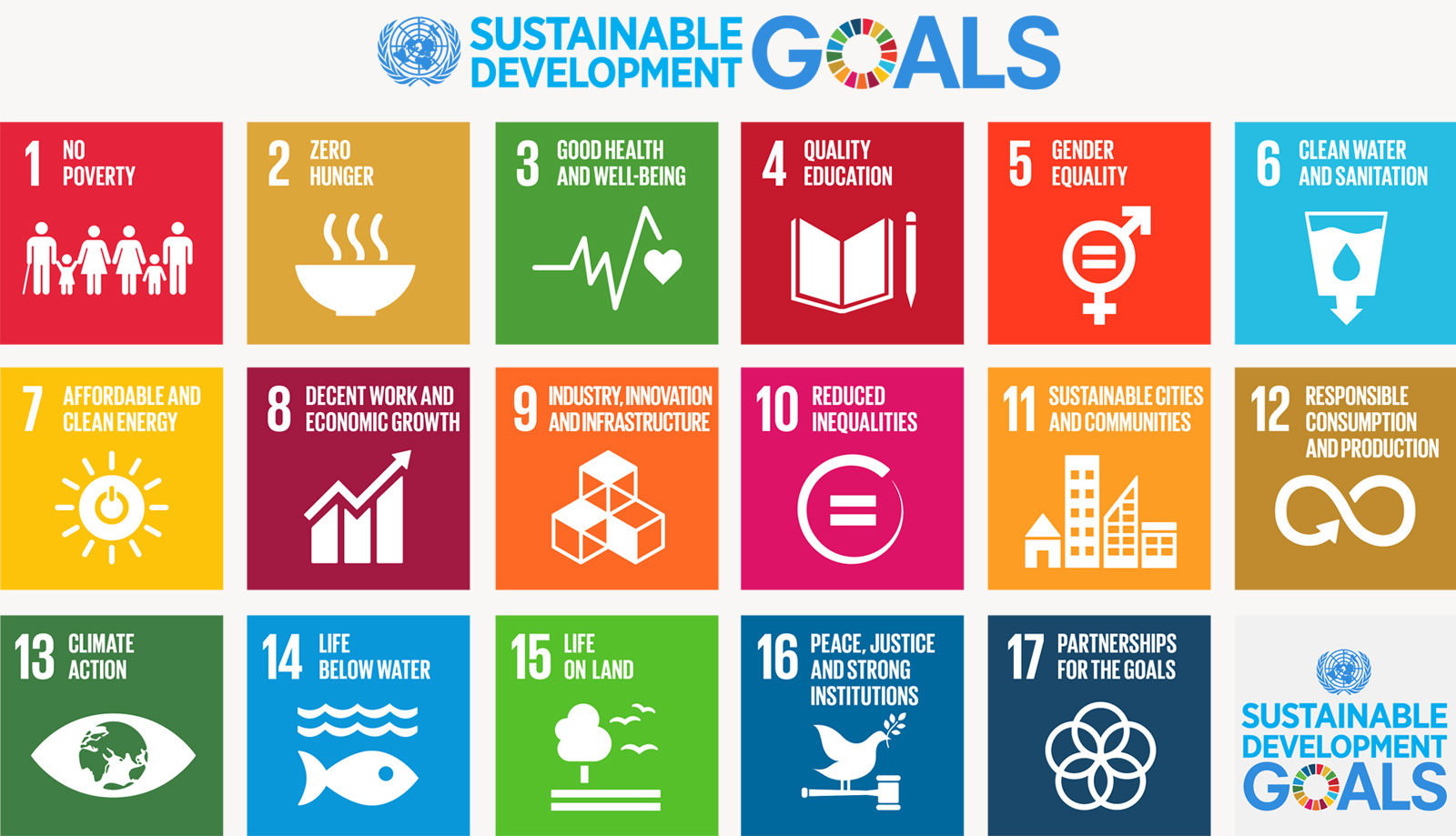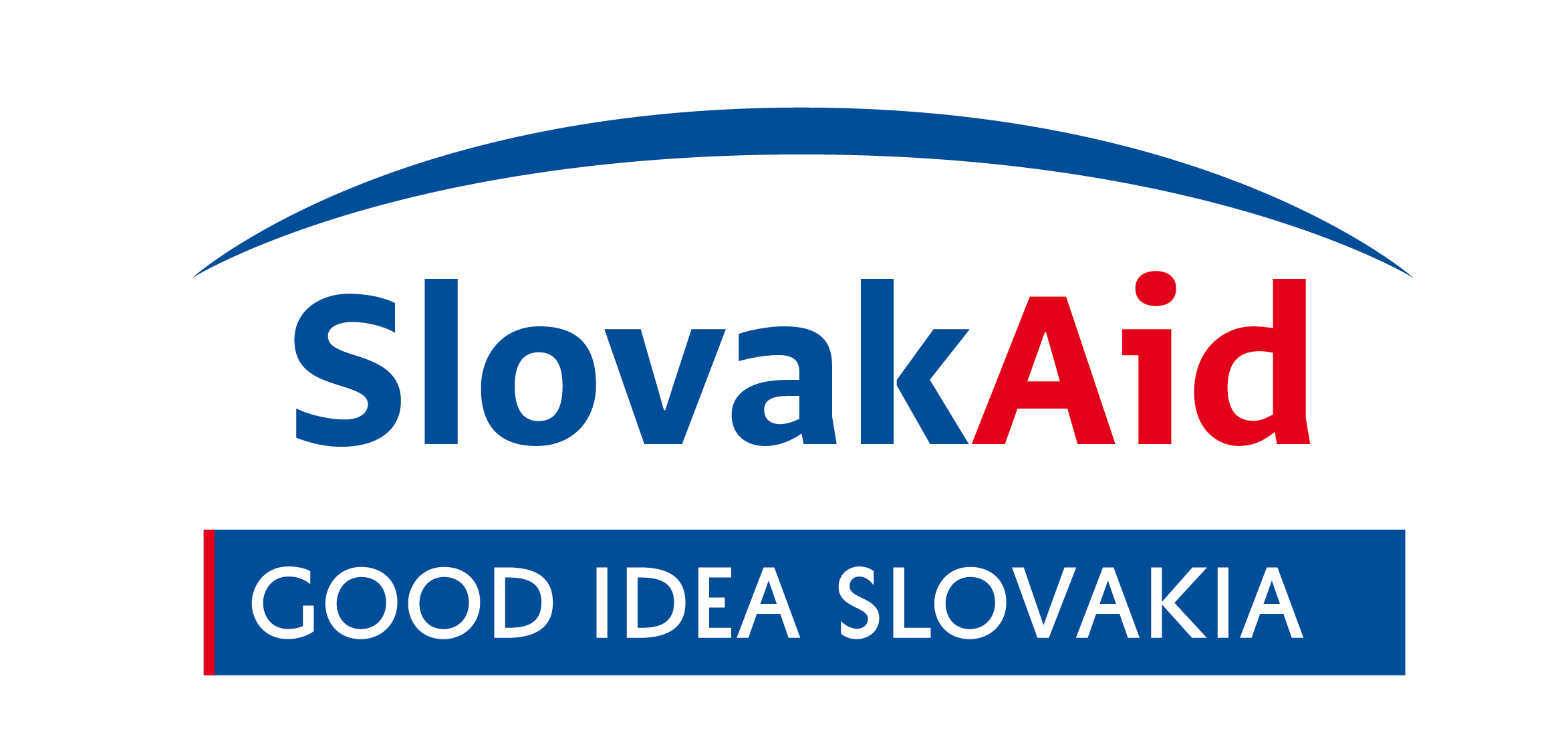Slovakia recognizes its responsibility for sustainable development and, alongside other nations, is committed to achieving the Sustainable Development Goals and Agenda 2030. It is not only a moral obligation but also a pathway to building a more stable, peaceful, prosperous, and equitable world.

Since becoming a member of the European Union in 2004 and joining the Organization for Economic Cooperation and Development (OECD) in 2000, the Slovak Republic has positioned itself among the world’s most advanced countries. Driven by macroeconomic growth, Slovakia has shifted from being a recipient of development aid to a provider of Official Development Assistance (ODA). What did this journey involve? Here are the key milestones:
2003: The Slovak Republic moved from being a recipient of development aid to becoming a donor. By creating an institutional, legal, and strategic framework for development cooperation, it established a mechanism to deliver this assistance. Since 2003, in addition to providing multilateral and humanitarian aid, Slovakia has also been involved in bilateral development aid programs and projects in developing countries.
2004: Upon joining the European Union, Slovakia became part of the EU Development Cooperation and began contributing to the Development Cooperation Instrument (DCI), the main financial tool within the EU budget for providing aid to developing countries.
2008: The official transition from being a beneficiary to an aid provider was completed.
2013: Slovakia became the 27th member of the OECD’s Development Assistance Committee (DAC) – the leading international forum for providers of development co-operation. The DAC serves as a forum for policy coordination for the world’s leading donors, defines standards and rules in key areas of development cooperation and fosters the exchange of knowledge and experience. The DAC also sets the standards for ODA eligibility and assembles statistics on aid flows worldwide.
Since 2014: Development aid of Slovakia is supported by three pillars: passing on transition experience and support of reforms; elimination of poverty; and assistance to countries affected by conflicts.
The fundamental documents guiding Slovak Official Development Assistance (ODA) are the Mid-Term Strategies for Development Cooperation of the Slovak Republic.

The story of Slovakia transformation
From the 1990s to the beginning of the 2000s, Slovakia underwent a profound political and economic transformation: from a single-party state-socialist regime to a pluralist participatory democracy, and from a centrally-planned economy to an open-market economy. Extensive and profound reforms were needed to go through this transition, and increasing the effectiveness of public finance management was a key component of the process.
Legislative, institutional and procedural changes had to be made across public administration. Central and local government relations and competences were rearranged through the process of fiscal decentralisation. Among other things, public finance transparency and accountability has improved, the accuracy and quality of public finance reporting has increased, and cash accounting has been complemented by an accrual-based approach.
Special institutions, such as the State Treasury, and the Agency for Debt and Liquidity Management were set up. The strategic allocation of resources was strengthened through results-focused modernized budgeting. The Macroeconomic and Fiscal Forecasting Unit was established at the MF SR to prepare a realistic medium-term fiscal framework. Later, the Value for Money Department (UHP) was established that looks for ways to spend taxpayers’ limited resources in the best possible manner in order to reach their goal. The tax system was simplified, and tax collection has improved. The fight against tax evasion and avoidance has also been stepped up. Slovakia succeeded in enhancing personnel skills, and streamlining institutional structures, procedures and decision-making mechanisms.
Public finance reform, regarded as one of the most successful areas in Slovakia’s economic transition back then, had a direct influence over the country´s fiscal consolidation, macroeconomic stability and economic growth. This is proven by the fact that Slovakia was able to meet the Maastricht public deficit and debt criteria for its entry into the Euro Area since January 2009.
Today, as a member of the European Union and the Eurozone, Slovakia continues to further improve its Public Financial Management processes.
Development financing challenges
Despite the achieved results, there are still challenges to be addressed at the political level. They include strategic orientation, aid volume and allocations, and management and organization of the Slovak official development assistance (ODA).
Slovakia’s commitment to development has a distinct financial dimension. The EU has reaffirmed its collective commitment to achieve the 0.7% ODA/GNI target until 2030, whilst those Member States which joined the EU after 2002 strive to increase their ODA/GNI to 0.33%. At a national level, Slovakia is bound to this goal by the government resolution no. 5/2017.

